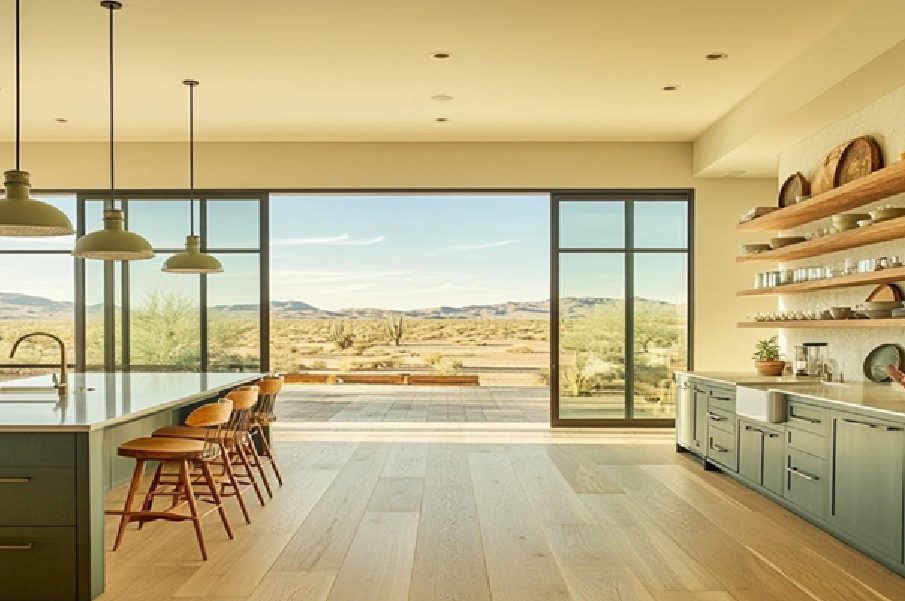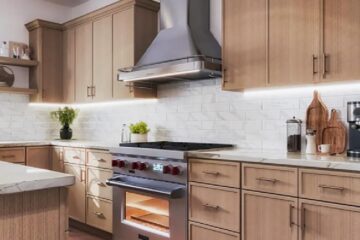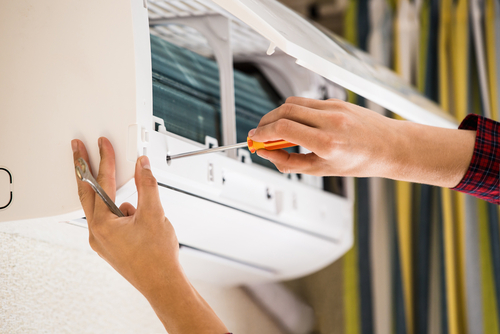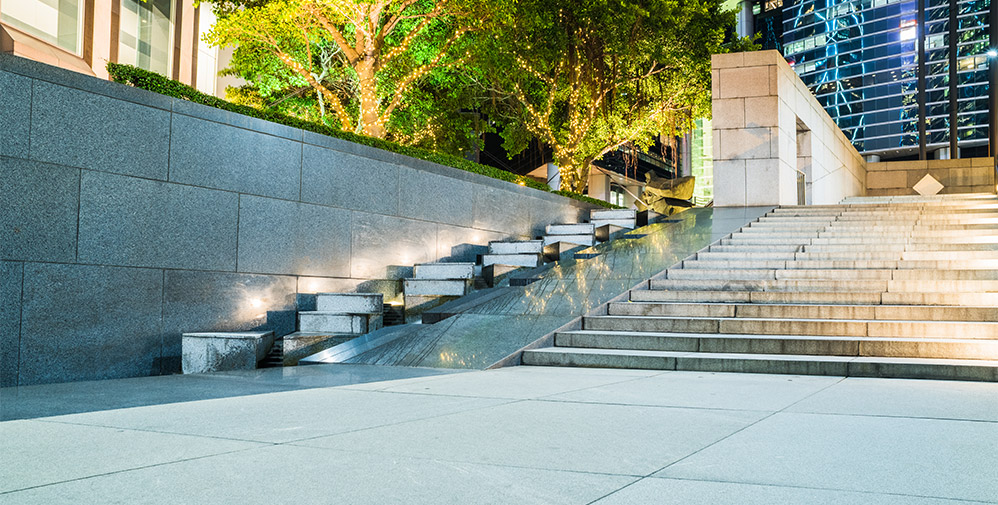Choosing the Best Ready to Assemble Cabinets for Your Kitchen

If you’re thinking about upgrading your kitchen, cabinets are a great place to start. They take up a lot of space visually and functionally, so the right choice can completely change the look and feel of your kitchen.
One popular choice for homeowners today is ready-to-assemble (RTA) kitchen cabinets. These cabinets are shipped in flat boxes and built at home—perfect for people who want to save money and enjoy a bit of DIY.
But with so many options available, how do you know which one to pick?
This guide will walk you through everything you need to know to choose the best RTA cabinets for your kitchen—from understanding materials to comparing styles, assembly tips, and more.
What Are Ready to Assemble Cabinets?
Let’s start with the basics. Ready to assemble cabinets are kitchen cabinets that you put together yourself. They come packed flat, with all the parts and hardware included. You follow the instructions, use a few basic tools, and build them step by step.
Many people choose RTA cabinets because:
- They are affordable—often cheaper than pre-assembled or custom cabinets.
- They come in a wide range of styles and finishes.
- They are available quickly, which is great for tight timelines.
- They’re perfect for DIY projects, saving on labor costs.
With a little time and patience, you can create a kitchen that looks custom-made for a fraction of the price.
Step 1: Know Your Budget
Before you fall in love with a certain cabinet style, it’s smart to know what you can afford.
RTA cabinets come in a variety of price points. Your total cost will depend on:
- The size of your kitchen
- The number of cabinets you need
- The materials and finish you choose
- Extra features like soft-close drawers or lazy Susans
Start with a solid estimate of how much you’re willing to spend. Then break it down into parts: How much for base cabinets? Wall cabinets? Accessories?
Also, consider any hidden costs:
- Will you need to buy tools?
- Will you pay someone to help assemble or install them?
- Is there shipping or delivery?
By planning your budget early, you’ll avoid surprises later on.
Step 2: Pick the Right Cabinet Material
The material of your cabinets matters a lot. It affects how they look, how long they last, and how well they hold up to moisture, heat, and daily use.
Let’s look at the most common options:
🪵 Solid Wood
- Very strong and durable
- Gives a rich, natural look
- Can be expensive
- Can warp over time if exposed to moisture
📦 Plywood
- Lightweight but strong
- Resists moisture better than particle board
- Often used for cabinet boxes and frames
- Middle-range pricing
🧱 MDF (Medium-Density Fiberboard)
- Smooth surface, great for painted finishes
- Doesn’t warp like real wood
- Not as strong as plywood or solid wood
- Doesn’t handle moisture very well
🪑 Particle Board
- Most affordable option
- Often used for lower-end cabinets
- Not very durable or water-resistant
- Best for short-term or budget makeovers
Tip: If you’re planning to stay in your home long-term, invest in plywood or solid wood for better durability and value.
Step 3: Choose a Style That Matches Your Kitchen
Now comes the fun part—style!
RTA cabinets come in many different looks, so it’s important to pick a style that fits the rest of your kitchen design.
Here are some popular cabinet styles:
✅ Shaker
- Most popular RTA style
- Simple, square frame with a recessed center
- Clean and classic, fits any kitchen
✅ Raised Panel
- Traditional style with more detailing
- Adds depth and character
- Looks great in formal or classic kitchens
✅ Flat Panel (Slab)
- Sleek and modern
- Smooth doors with no frames or detailing
- Great for minimalist or modern kitchens
✅ Glass-Front or Open Shelving
- Great for upper cabinets
- Lets you display nice dishes or decor
- Makes your kitchen feel more open
Also, think about the finish:
- White or cream cabinets brighten up small kitchens
- Wood stains add warmth and natural charm
- Bold colors like navy, forest green, or black create a dramatic look
You can even mix finishes (e.g., white upper cabinets with dark lower ones) for a more custom feel.
Step 4: Measure Your Space Carefully
Before ordering anything, you need accurate measurements. Cabinets that don’t fit properly can cause major problems—and expensive fixes.
Here’s what to measure:
- Total length and height of each kitchen wall
- Size and location of windows and doors
- Ceiling height
- Locations of plumbing, vents, outlets, and appliances
- Allow enough space between base cabinets and wall cabinets
Use a tape measure, sketch out your layout, and note the exact measurements. You can also use free online kitchen planner tools to create a mockup.
Double-check everything. Mistakes can cost you money and time.
Step 5: Consider the Assembly Process
Not all RTA cabinets are equal when it comes to ease of assembly.
Some cabinets are super simple and can be built with a screwdriver and wood glue. Others might need extra tools or skills.
Before buying:
- Look at online reviews—people will tell you if assembly is difficult.
- Check if the instructions are clear and detailed.
- See if parts are labeled and pre-drilled.
- Look for cam-lock systems or other easy-to-use connectors.
If you’re not confident building them yourself, you might want to ask a friend for help or hire someone for assembly.
Step 6: Think About Function and Storage
It’s easy to get caught up in how your cabinets look. But don’t forget—they need to work for your daily life too.
Ask yourself:
- Do I need deep drawers for pots and pans?
- Would pull-out trays help me reach items in the back?
- Do I need a trash pull-out, spice rack, or pantry unit?
- How about soft-close hinges to stop the door slamming?
Tip: Take stock of your current kitchen. What bugs you? What do you wish you had? Use that to guide your cabinet choices.
You can add many of these features to your RTA cabinets without breaking the bank.
Step 7: Look for Quality and Warranty
Even though you’re saving money with RTA cabinets, you still want something that lasts. So look for signs of good quality:
- Solid backs and sides (not thin panels)
- Dovetail joints or strong metal fasteners
- Full-extension drawer glides
- Soft-close doors and drawers
- Water-resistant finishes
Also, don’t forget the warranty. Good brands offer 1–5 years of protection. Some even have limited lifetime warranties.
A warranty gives peace of mind—and shows the brand stands behind its product.
Step 8: Compare Shipping and Delivery Times
Once you’re ready to order, check how long it’ll take to arrive. Shipping times can range from a few days to several weeks.
Questions to ask:
- Is shipping included in the price?
- Will the delivery bring the boxes inside your home or just to the curb?
- Do you need to be home to sign?
- Are the boxes labeled by room for easy unpacking?
It’s also a good idea to order a sample door or finish before committing. This helps you see the color and quality in person.
Final Thoughts
Choosing the best ready to assemble cabinets for your kitchen isn’t just about picking something that looks nice. It’s about getting the right materials, the right fit, and the right features for your lifestyle—all while staying within your budget.
With the right planning and smart choices, you can build a beautiful kitchen that feels custom, saves you money, and fits your needs perfectly.
So take your time, measure twice, read reviews, and choose cabinets that work just as hard as you do.












